Upper Mustang Short Trek is designed best for those who want to explore nature and the authentic lifestyle of the Himalayan people. Simple, clean, and authentic this trip gets you a chance to discover unique landscapes and people free from all kinds of commercialism. Side of Nepal people doesn’t think of traveling.
At the foot of the Himalayas set in the sheer cliffs of the remote mountains. One of the most isolated regions of the country. The settlement of Upper Mustang is a big territory with few inhabitants and many legends.
Upper Mustang the ancient Himalayan Kingdom, in the northern central part of Nepal. Nestled at the top of the Kali Gandaki River, north of Kagbeni near the Tibetan border. The former Himalayan kingdom of Mustang is an arid and starkly beautiful land. Long protected from mass tourism; its allure has come from its inaccessibility and its reputation as the last bastion of traditional Tibetan culture. Mustang’s complex history, rich culture, and traditions make it one of the most fascinating corners of the Himalayas. This region teemed with ancient Buddhist Monasteries, Chorten, trading routes, and isolated villages.
Next from, Kagbeni you’ll trek to Samar crossing two high passes Dajori La and Taklam La and trekking past Tilicho, Damodar Danda, and Ramchung ancient caves towards the village of Tsarang. Again crossing the high mountain passes of Nyi La Pass and Tasrang La towards the ancient settlement of Lo-Manthang, explore Lo-Manthang culture, traditions and lifestyle of the people of this region exploring various ancient monasteries, Chorten.
Furthermore, explore Muktinath nestled on the foothills of rugged mountain landscapes. Boasting views of dry hills and snowcapped mountain. Muktinath temple for both Buddhist and Hindu pilgrims is regarded very scared, a dip in the freezing waters of the temple is said to wash all of the sins away and helps in the road to liberation of your soul.
Explore the nature, in the middle of wild and unspoiled landscapes where the people are rich in heart, culture and very respectful about the world around them, learning about their lifestyle, culture and many legends. A perfect combination to explore nature and culture. Be a part of this experience with the Alpine Club of Himalaya.
Overview:
Upper Mustang takes you to the wild and raw region of Nepal. Where you’ll be seeing a different face of the country. Often missed by mainstream travelers. This trek takes you to the high mountain region of the country without the buzz of tourism and commercialization. The travel experience is honest as it gets here. Where you’ll get a sense of the entirety of the landscape and complement that with the people living there. A chance you’ll miss if you don’t explore this trail. The Upper Mustang trip starts with a flight from Kathmandu valley to Pokhara the city of lakes. From Pokhara catch a flight to Jomson the starting point of your trek. From here you’ll be trekking through Alpine terrain, vast dry landscapes and river beds to the settlement of Kagbeni. Kagbeni
Kagbeni
Next from, Kagbeni you’ll trek to Samar crossing two high passes Dajori La and Taklam La and trekking past Tilicho, Damodar Danda, and Ramchung ancient caves towards the village of Tsarang. Again crossing the high mountain passes of Nyi La Pass and Tasrang La towards the ancient settlement of Lo-Manthang, explore Lo-Manthang culture, traditions and lifestyle of the people of this region exploring various ancient monasteries, Chorten.
Furthermore, explore Muktinath nestled on the foothills of rugged mountain landscapes. Boasting views of dry hills and snowcapped mountain. Muktinath temple for both Buddhist and Hindu pilgrims is regarded very scared, a dip in the freezing waters of the temple is said to wash all of the sins away and helps in the road to liberation of your soul.
Explore the nature, in the middle of wild and unspoiled landscapes where the people are rich in heart, culture and very respectful about the world around them, learning about their lifestyle, culture and many legends. A perfect combination to explore nature and culture. Be a part of this experience with the Alpine Club of Himalaya.
Entry and Permits
The following permits are required for trekking to Upper Mustang region:- Upper Mustang Restricted Area Permit for all foreigners: US $500 per person for the first 10 days and US $50 per person per day thereafter.
- ACAP entry permit fee for foreigners: 3,000 NPR (Approx. US $30)
- ACAP entry permit fee for SAARC nationals: 200 NPR
Preparation for Upper Mustang Short Trek:
In brief, the trail to Upper Mustang is dramatically harsh and brutal with high cliffs and dry mountain terrains which is why trekkers need to be more prepared. Besides, from weather to accommodation and physical fitness, they must take care of everything in advance. Just because there’s no mountain doesn’t mean that the Upper Mustang trek is easy. In fact, it has one of the toughest trek routes filled with dry arid, rocks and sand and the trails to high sheer cliffs, high mountain passes and barren land with mountain climate which makes it tuff and exhausting to walk. Thus, you must have strong physical and mental fitness, to withstand the difficulties in the trekking. In addition, train your body hard enough so that it can resist the pressure and frequently changing terrains. Therefore, following an intense fitness regimen and strict diet to improve physical stamina.Best Time for Upper Mustang Short Trek
Since Mustang has an arid land, it only makes sense for the trek to be done during autumn or spring. Falling right between scorching summer and frigid winter, autumn sweeps up cool weather. As the temperature falls gradually after October, it becomes extremely easy to walk the dry land. Autumn is an ideal time to get rid of warm clothes and enjoy the genial weather that comes with a cool breeze. The season bestows fall colors in the woods that pop up soon after the monsoon turns away. Temperatures in autumn at Upper Mustang ranges from 12 to 20 Degree Celsius which is naturally tranquilizing as compared to summer. Spring too endures lovely weather with a magical setting of full-bloom rhododendron and wildflowers. With the end of icy-cold winter, the weather starts to get better and better with each passing day. The days are warmer in spring while the nights, chilly with the temperature dropping substantially. The average temperature is normally between 18-20 degrees Celsius which is why the days at Upper Mustang are blazing. Trekkers of Upper Mustang are truly disinterested in traveling the region during winter as it stands harsh weather. The climate is not so amicable with temperatures falling up to -25 degrees Celsius at night. Frequent snowfall makes the trail slippery and difficult to walk over. Likewise, the cold in winter is intense and disturbing because of which many trekkers avoid doing the trek of Upper Mustang in winter althoughTravel Insurance:
All clients engaging in any activity must have smart travel insurance or emergency evacuation insurance. Alpine Club of Himalaya highly suggest you to obtain a comprehensive insurance plan from a reliable insurance firm that covers emergency evacuation insurance in high altitudes, personal injury, hospital expenditures, repatriation fees, helicopter rescue, and any other misfortune.Passport and Visa:
Each client must be issued a valid visa with a six-month validity from the date of return by the Nepalese embassy in your country or the immigration office at Tribhuvan International Airport in Kathmandu.Meals and drinking water:
Along the Annapurna Sanctuary Trek, you’ll be provided with various Nepali, and Tibetan ethnic cuisines and varieties of continental as well as western meals. The region has a number of tea-house along the trail which is run by local inhabitants providing basic and minimal facilities. Try various traditional cuisine and popular snacks prepared by the local supplements. Annapurna Sanctuary is a plastic free zone and has banned the use of bottled Mineral Water. However, drinking water taps are accessible with natural water supplies all along the trekking trial which are untreated, so direct use of the water is not recommended, you may refill boiling water or cold filter water from any of the teahouses along the trail. If you buy a water purification tablet, chlorine drops or utilize SODIS (sunlight assisted) filtration procedures for further assurance, saving money and reducing plastic pollution.Accommodation:
Local accommodations are available in trekking lodges, teahouses and homestay which are located all along the trail, providing basic accommodation, food and electricity. The room mostly include twin sharing beds as well as single bed, with hygienic and clean atmosphere and good mattresses which reduce your backpack weight. Campsites are also available along the trail providing a special opportunity for the campers.Important note:
Your safety is of paramount importance to us at the Alpine Club of Himalaya. We have the absolute authority to cancel the trip or change the itinerary. When deemed necessary or when we have reason to believe your safety is at stake. Weather conditions, the health condition of a group member, natural disasters, and such, can contribute to changes in the itinerary when traveling in remote mountainous regions. In extreme situations, we kindly request that you offer your full co-operation to the trusted leader appointed by ACH. However, we assure you that we will make every effort to keep to the above itinerary.
Common Breakfast During the trek:
During the trek, various tea houses provide a wide range of breakfasts. The most common breakfast includes Tibetan Bread (fried bread), Chapati (unleavened flatbread). The bread is provided with jam, butter or peanut butter, Scrambles, or boiled eggs, and vegetable curry. Corn Flakes, Pancakes, Oats, and Muesli are also available. In some of the tea houses, American breakfast is available. Hot drinks including black tea and coffee are available for breakfast. Also, you may find various freshly baked items.Common Lunch during the trek:
Dhal Bhat (Nepalese traditional food) is the most common meal found along trekking houses. But various varieties of meals are also available. Thukpa (Noodles) soups, Momos ( dumplings), Macaroni, Fried rice, Pizza, Spaghetti, a variety of soups, steaks, potatoes items, Sandwiches, rice with curry, spring rolls, burgers. Plenty of dessert items are also available.Common Dinner during the trek:
Dhal Bhat (Nepalese traditional food) is the most common dinner. But you can choose from a wide variety. Momos (dumplings), Thukpa (noodle) soups, Macaroni, Pizza, Spaghetti, Sherpa Stew, steaks, potatoes items, fried rice with curry, Raman soups, burgers, and are available along the tea houses. Most of the tea houses’ menus offer desserts. Rice pudding, Apple pie, fruit snicker, cake, pastries, etc.Extra personal expenses for trekking
During the period of trekking meals (Breakfast, Lunch, and Dinner with hot drinks) are provided according to your package. Any other personal expenses are not bearded by the company. So, we recommended carrying extra cash just in case of personal expenses.Responsible Tourism
As responsible for tourism we believe in respecting local communities, their culture, and rules. So, for that region, we would like you to follow some local rules and regulations during the trek.- Always ask your guides for permission before doing something in the local community.
- Keep environment clean .
- Help the local community to encourage the positive sides of tourism.
Transportations
The Alpine Club of Himalaya can arrange all your transportation needs for your trip, if you request it.
Porter and Guide:
Solo trekkers are provided with a single helper both acting as a Potter and Guide. For trekkers above two or more Potters and Guides are provided according to the size of the groups.Why this tour is unique
The Upper Mustang trek is a combination of nature and culture at its best. Here you will learn about the ancient form of cultures and traditions. Explore the hidden secrets and traverse across unspoiled landscapes. Soak in the vibrant energy and bask in the foothills of the Himalayas. A trek offering you wonders of nature and culture.Last-Minute Booking Information:
Last-minute booking is available for interested travelers. Though travelers need to inform a day before the trip gets started. If you are making last-minute bookings, you should pay the total amount for the activity. Booking can be made through an online form, email, WhatsApp, or by direct call. Last-minute bookings for Bhutan and Tibet trips are not available.-
Private vehicle / Flights
-
3810m
-
1-30
-
Trekking
-
Kathmandu, Nepal (TIA)
-
Kathmandu, Nepal (TIA)
-
March-May and Sep-Nov
-
Hotel and Guesthouse
-
Full Board
Overview
Upper Mustang the ancient Himalayan Kingdom, in the northern central part of Nepal. Nestled at the top of the Kali Gandaki River, north of Kagbeni near the Tibetan border.
Trip Highlight
- Trek through raw, wild and arid Himalayan terrain.
- A short road trip of Muktinath Temple and ancient pilgrimages.
- Explore prehistoric villages and monasteries.
- Learn about Himalayan culture and tradition.
- Explore the deepest gorge in Nepal. Kaligandaki George at 2,520 meters.
- Scout Lo Manthang which largely reflects Tibetan culture and tradition.
- Enjoy views of pristine Himalayan giant of Mt. Annapurna, Nilgiri, Thorung Peak, and Chulu West.

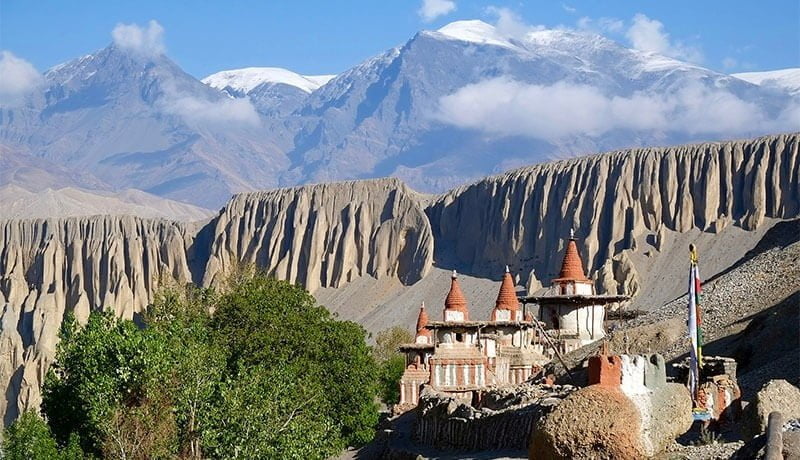

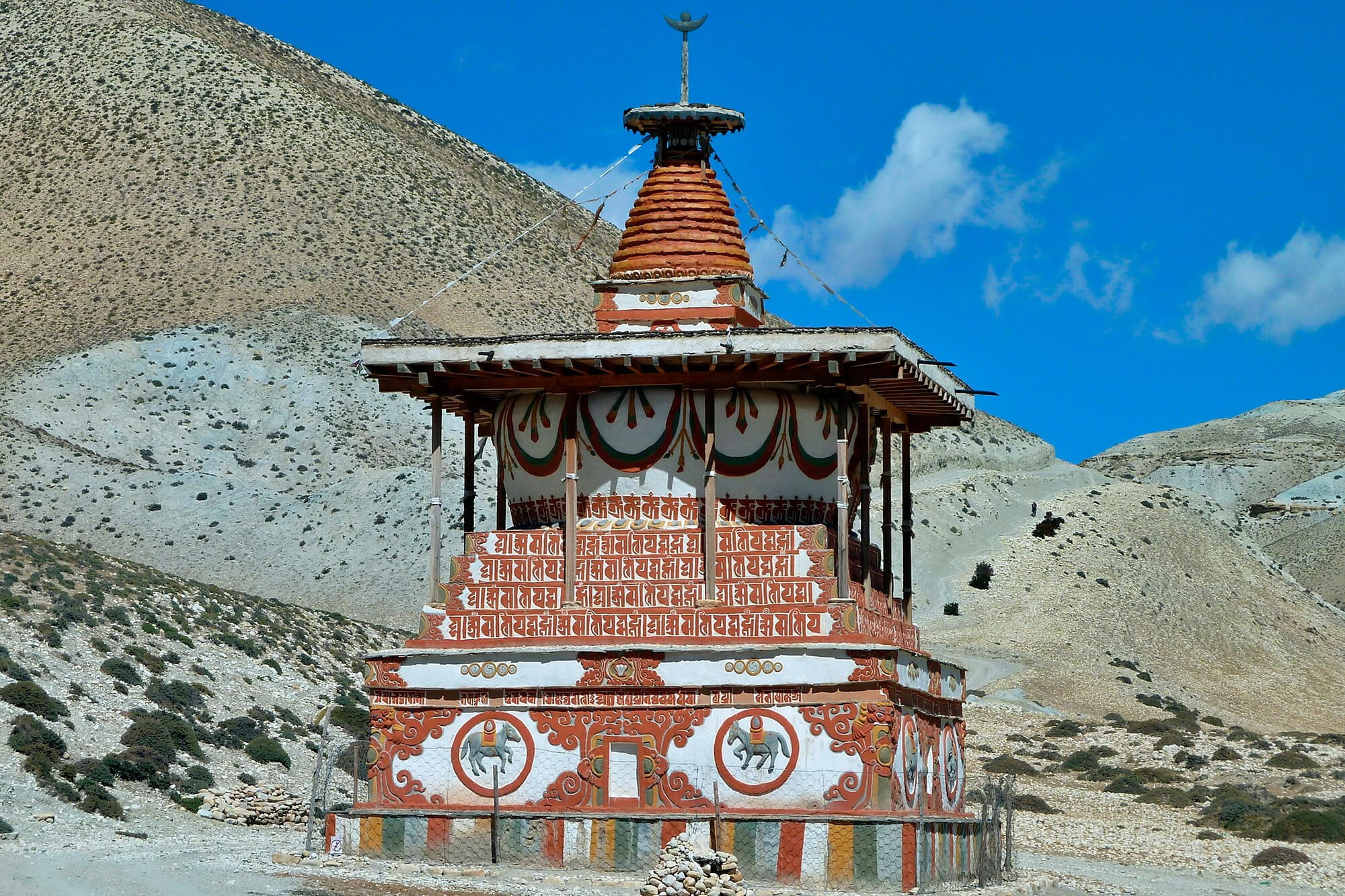
 Kathmandu: Thamel
After arriving at Kathmandu International Airport, a representative from the Alpine Club of Himalaya will welcome and escort you to your accommodation. After checking in and after a brief rest, you may explore the city or rest. In the evening attain a brief orientation regarding the trek by your trip leader.
Kathmandu: Thamel
After arriving at Kathmandu International Airport, a representative from the Alpine Club of Himalaya will welcome and escort you to your accommodation. After checking in and after a brief rest, you may explore the city or rest. In the evening attain a brief orientation regarding the trek by your trip leader.
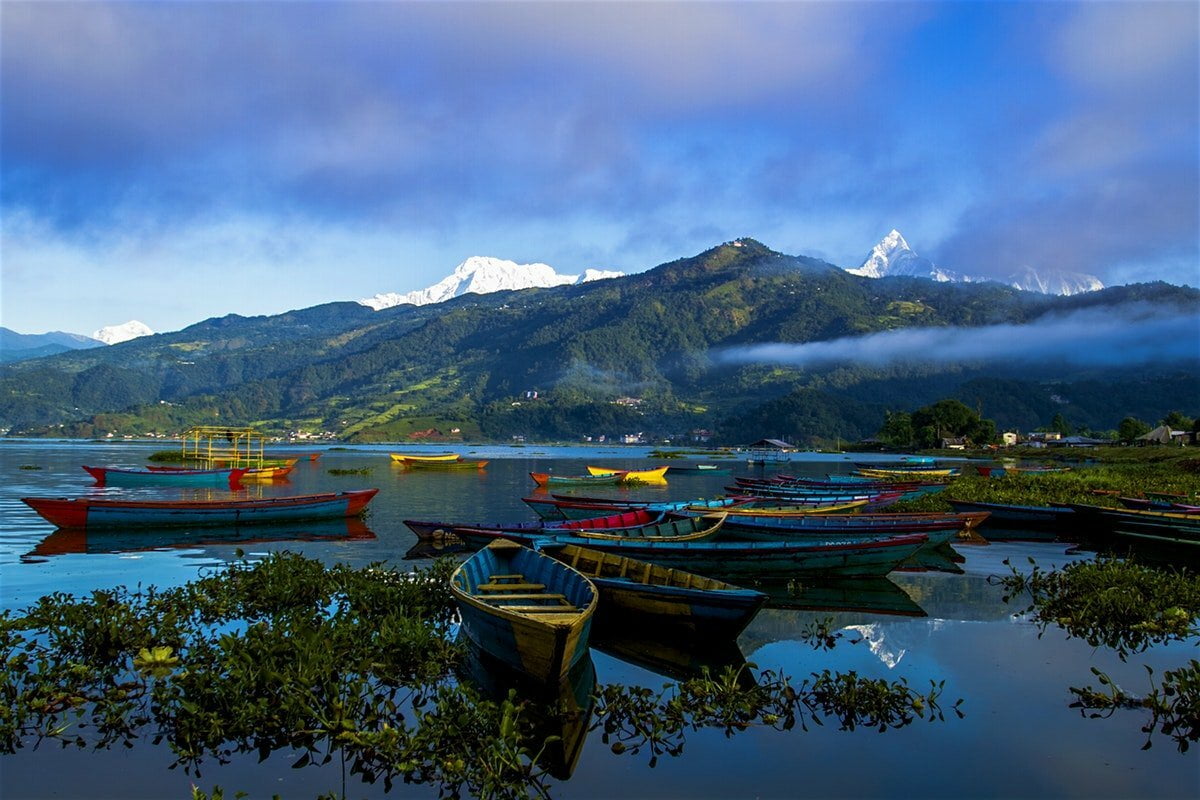 Pokhara: Phewa Lake
After an early breakfast, today you'll be heading to Pokhara on a private jeep through the winding roads of Prithvi Highway, the long-running course passes through various picturesque settlements and green verdure following the high road of Trishuli and Marsyangdi rivers. The ride usually takes around 6-7 hours. Upon arriving at the city of lakes you'll witness the staggering mountain ranges of Lamjung Himal, Annapurna II, Tukuche Peak, and Machhapuchhre. Take a stroll around the city after heading towards your accommodation.
Pokhara: Phewa Lake
After an early breakfast, today you'll be heading to Pokhara on a private jeep through the winding roads of Prithvi Highway, the long-running course passes through various picturesque settlements and green verdure following the high road of Trishuli and Marsyangdi rivers. The ride usually takes around 6-7 hours. Upon arriving at the city of lakes you'll witness the staggering mountain ranges of Lamjung Himal, Annapurna II, Tukuche Peak, and Machhapuchhre. Take a stroll around the city after heading towards your accommodation.
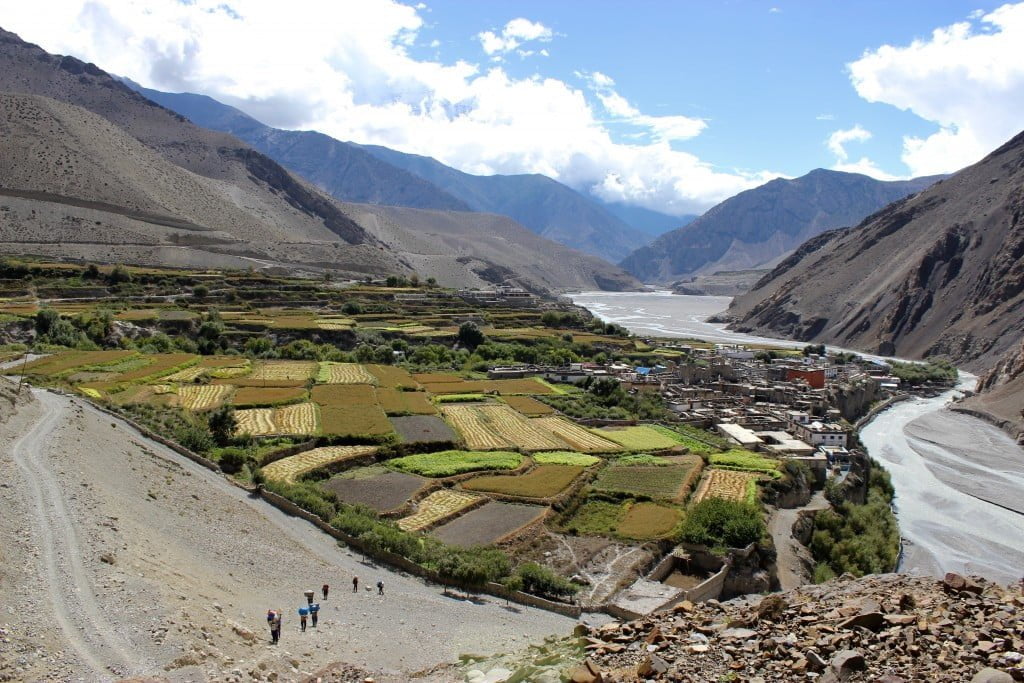 Kagbeni
Catch an early morning flight to Jomsom which takes about 20-25 minutes flying with towering Himalayan giants and lush green slopes and the incredible sight of the Nepal's deepest gorge. After landing at the Jomsom airstrip, you'll start your trek towards Kagbeni walking alongside the vast sandy footway on the western side of the Kaligandaki riverbed. The trail here provides a lovely view of Tukuche, Nilgiri, and Annapurna massif along with some splendid landscapes of dry river bed.
After navigating through the trail, you'll finally reach the settlement of Kagbeni, a picturesque village clinging over a cliff, facing the confluence of the Kaligandaki River with green terrace farm, sheer rock cliffs, and valleys.
Kagbeni
Catch an early morning flight to Jomsom which takes about 20-25 minutes flying with towering Himalayan giants and lush green slopes and the incredible sight of the Nepal's deepest gorge. After landing at the Jomsom airstrip, you'll start your trek towards Kagbeni walking alongside the vast sandy footway on the western side of the Kaligandaki riverbed. The trail here provides a lovely view of Tukuche, Nilgiri, and Annapurna massif along with some splendid landscapes of dry river bed.
After navigating through the trail, you'll finally reach the settlement of Kagbeni, a picturesque village clinging over a cliff, facing the confluence of the Kaligandaki River with green terrace farm, sheer rock cliffs, and valleys.
 Pokhara: Phewa Lake
After an early breakfast head towards the airport and catch a flight towards the city of lakes Pokhara. Along the flight witness spectacular views of Annapurna and the Dhaulagiri Mountain range. Upon arriving at Pokhara head towards your accommodation and later head out to explore the region and relax.
Pokhara: Phewa Lake
After an early breakfast head towards the airport and catch a flight towards the city of lakes Pokhara. Along the flight witness spectacular views of Annapurna and the Dhaulagiri Mountain range. Upon arriving at Pokhara head towards your accommodation and later head out to explore the region and relax.
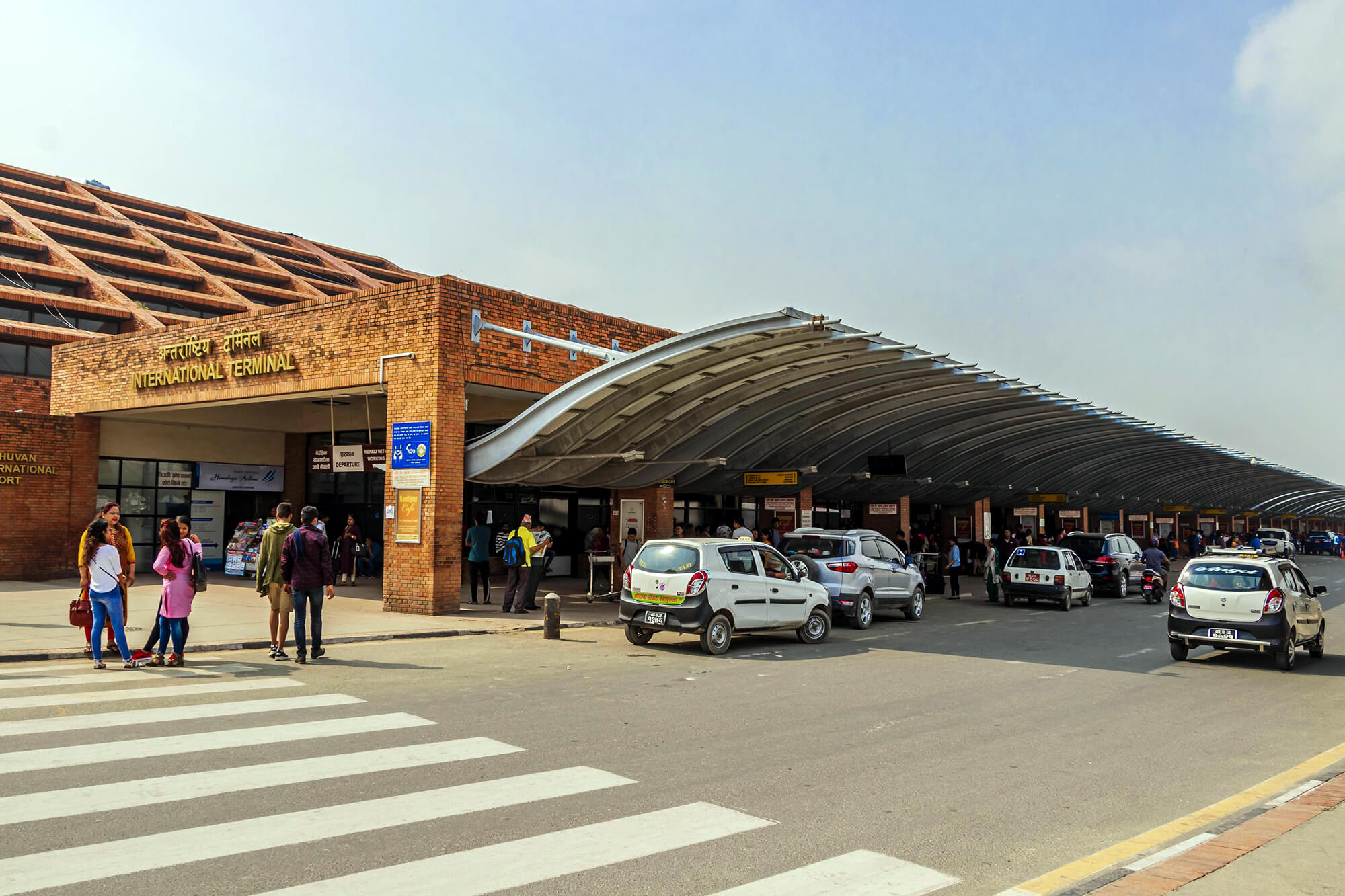 Kathmandu Tribhuwan International Airport
Today you’ll have leisure time till your departure flight. The Alpine Club of Himalaya representative will drop you at the airport three hours before your flight departs.
If you prefer to stay longer, you can consult us for short tours such as National park visits, rafting, mountain biking, Tibet, India, or Bhutan tours, etc.
If you have any inquiry or require assistance and further information about this trip or any other trips, please feel free to contact Alpine Club of Himalaya – Walk of the Himalaya.
NOTE: All of the aforementioned trekking hours are approximations and should only be used as a general guideline.
Kathmandu Tribhuwan International Airport
Today you’ll have leisure time till your departure flight. The Alpine Club of Himalaya representative will drop you at the airport three hours before your flight departs.
If you prefer to stay longer, you can consult us for short tours such as National park visits, rafting, mountain biking, Tibet, India, or Bhutan tours, etc.
If you have any inquiry or require assistance and further information about this trip or any other trips, please feel free to contact Alpine Club of Himalaya – Walk of the Himalaya.
NOTE: All of the aforementioned trekking hours are approximations and should only be used as a general guideline. 








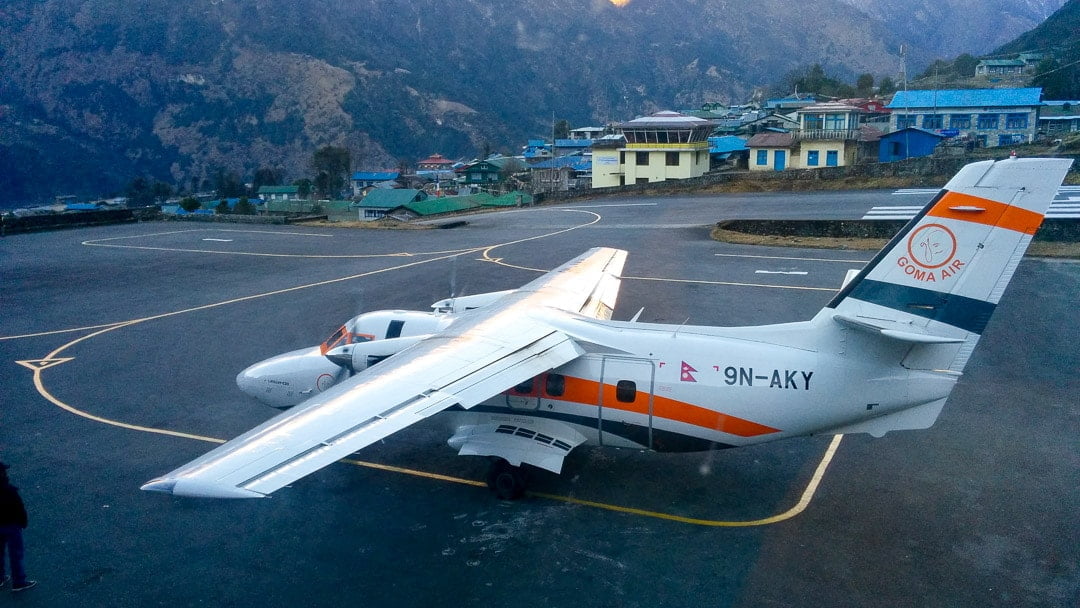
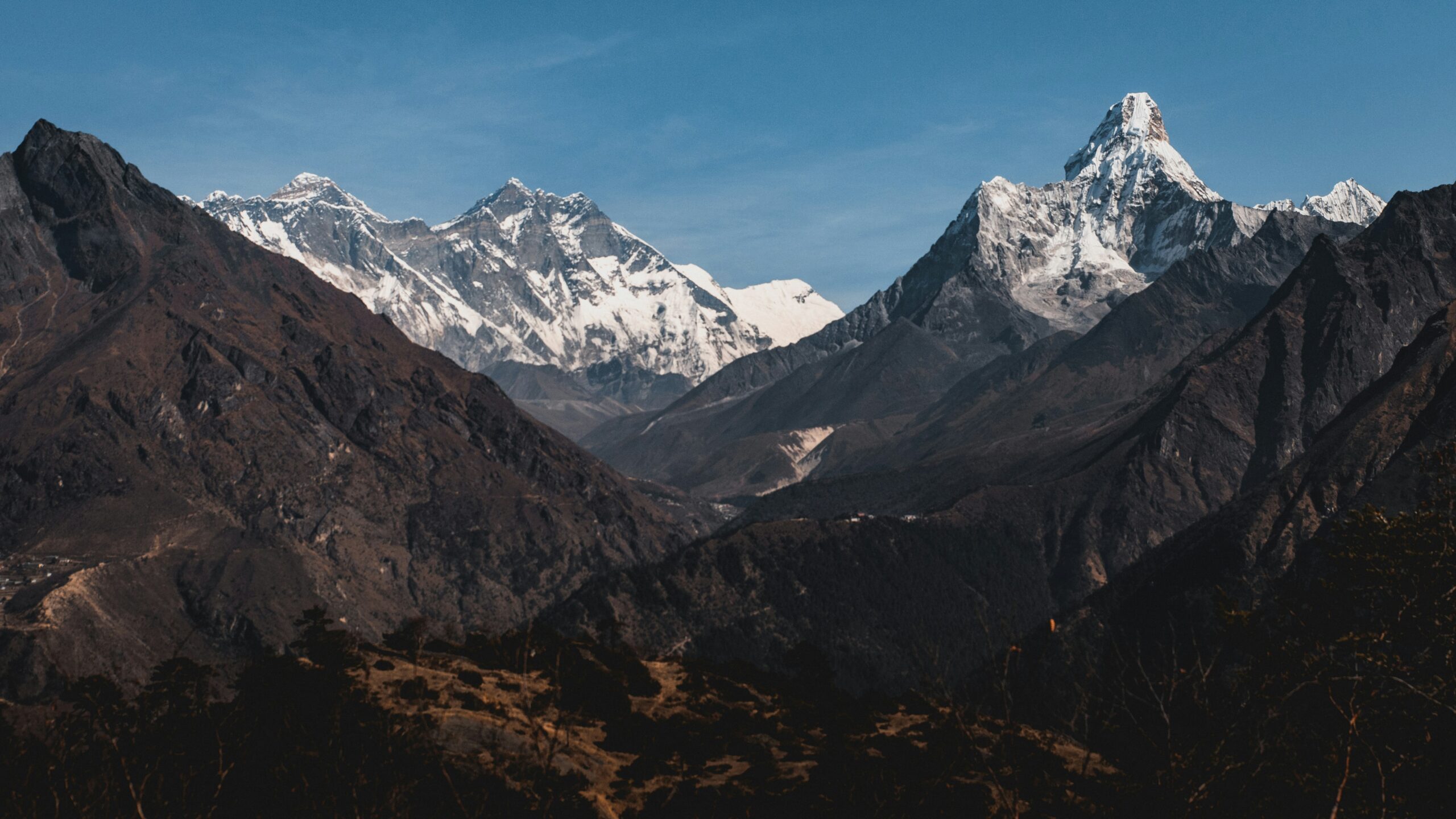
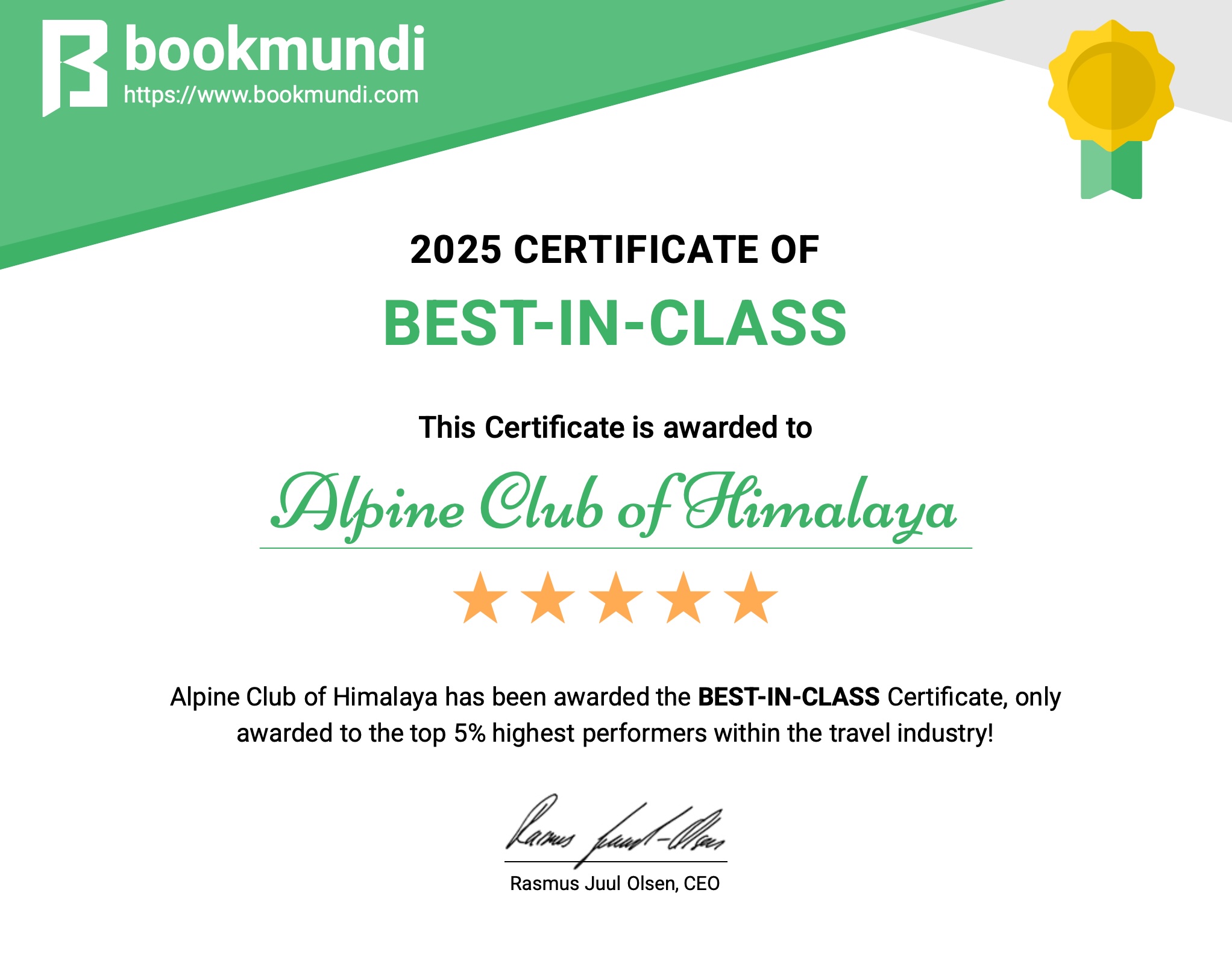




Write a Review